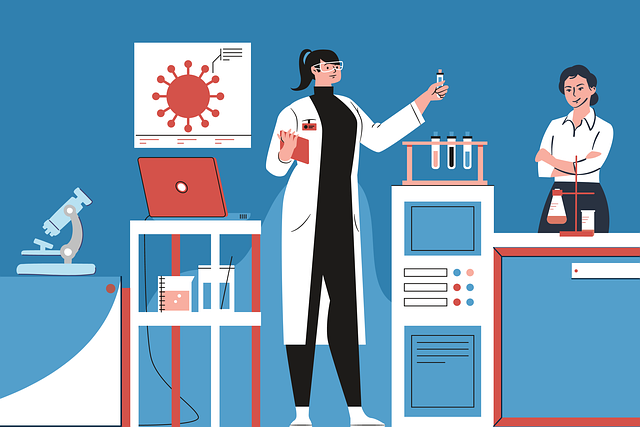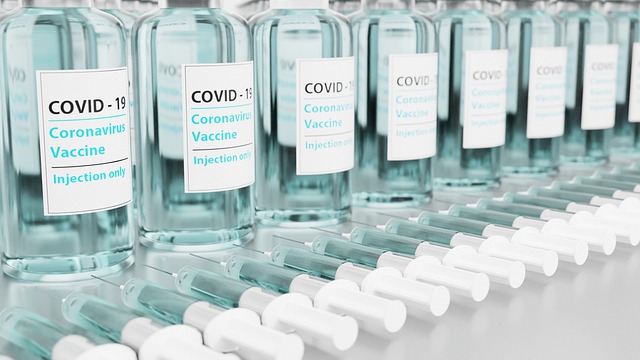A vaccine consists of weakened pathogens of a specific disease. The invention of the vaccine has revolutionized the healthcare system of the world.
When a specific vaccine is administered into the body, the human immune system responds in a specific way. Our body produces antibodies to fight off the pathogens introduced into the system.
When a person vaccinated for a specific disease, actually gets infected by it, their body consists of pre-existing antibodies to fight off the disease.
Thus, vaccines do not make us sick. They give humans a much better chance of fighting a disease. However, there are some mild side effects associated with vaccines which include: fever, chills, soreness, weakness, and body aches.

How does the vaccine work?
Producing immune response
In the same way, the COVID vaccine too produces an immune response. All the ingredients of a vaccine are listed and any allergic reaction is rare. A vaccine is only approved for use on humans after it has been tested for a specific period.
When the outcome of the trial period is positive, and the vaccine is considered to be both harmless and effective in the treatment of the disease, only then it is approved for use in humans.
Clinical trials
The vaccine is first tested inside a lab on different cells and animals and only after it is proved safe for them, human trials begin. The vaccine is then tested on people of different age groups and also those with various diseases to improve the efficacy of the study.
After the end of the trial period, when it is proved that the vaccine is helpful to reduce or diminish the effects of a particular disease, it is made available for human use. Thus, the COVID vaccine too has undergone all of the steps which are required for the production of vaccines without skipping any of those.
Conclusion
As this is a fairly new vaccine, there is not much data to back up the actual effectiveness of the vaccine. But it is safe to assume that the vaccine does provide some benefit and gives a better chance of handling the virus.

